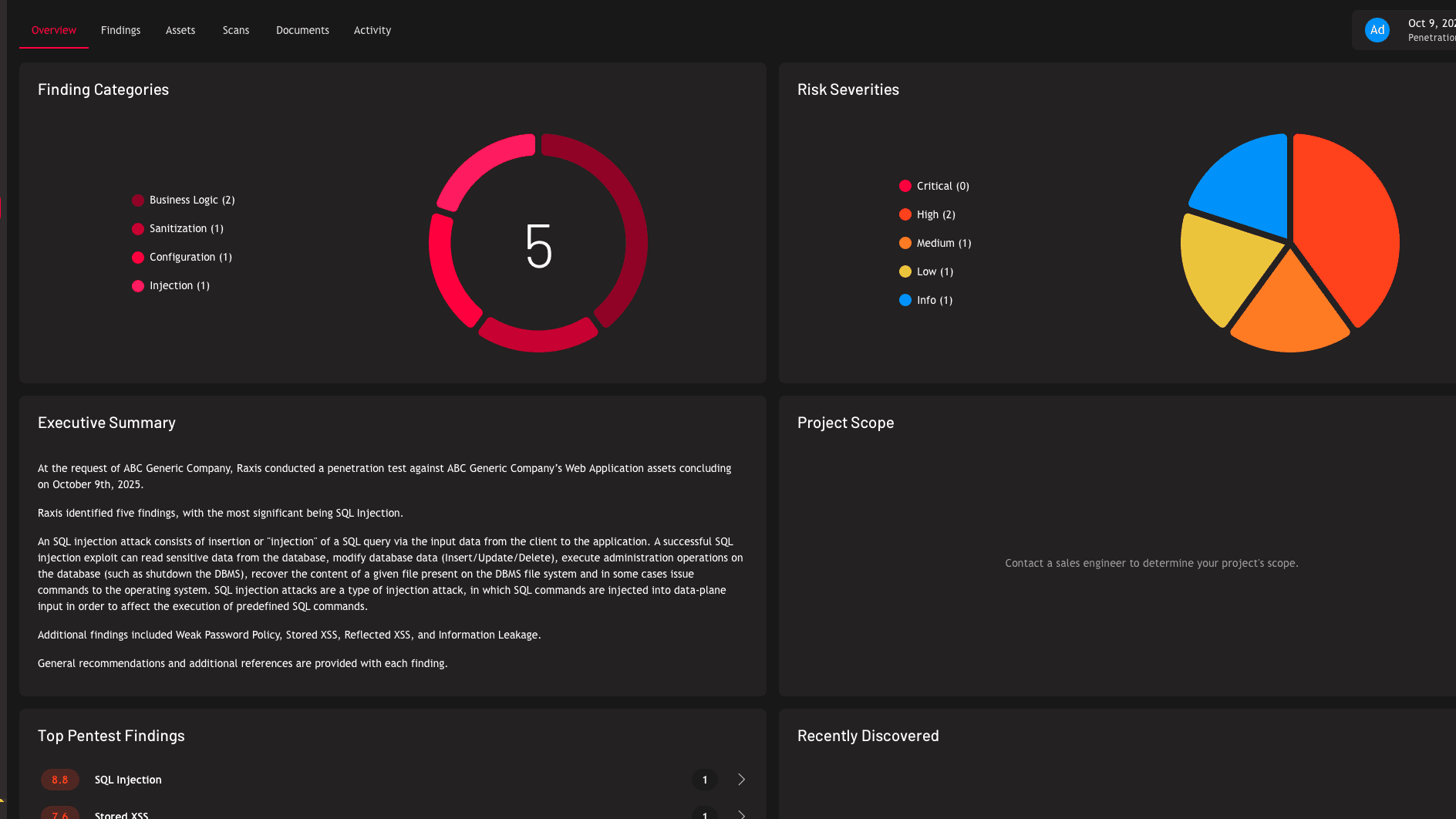Medical Device Security
Connected medical devices present unique security challenges. We evaluate these devices for vulnerabilities that could compromise patient safety or data integrity, including firmware flaws, insecure communications protocols, and weak authentication mechanisms.
Telemedicine Platform Assessment
As telemedicine adoption grows, so do the associated risks. Our penetration testing services for telemedicine platforms focus on securing video consultations, protecting patient-doctor communications, and ensuring the integrity of remote diagnostic tools.
HIPAA Compliance Validation
Our healthcare penetration testing is designed to help you meet and exceed HIPAA security requirements. We assess your systems against HIPAA standards and provide guidance on addressing any compliance gaps identified during testing.
Safeguarding Humanity Through Technology
We ethically uncover vulnerabilities in healthcare systems, empowering you to strengthen security and protect patient data.
Why Choose Raxis for Healthcare Security?
Tailored for healthcare environments, our penetration testing aligns with HIPAA and HITECH standards while guiding you toward a stronger, more resilient cybersecurity posture.
Healthcare Industry Expertise
Our experts understand the complex challenges of securing healthcare environments and tailor every assessment to your systems, workflows, and compliance requirements.
Comprehensive Testing Services
We combine hands-on penetration testing with deep knowledge of healthcare compliance frameworks like HIPAA and HITECH to deliver actionable insights
Continuous Security with PTaaS
Through real-time assessments, unlimited retesting, and expert support in the secure Raxis One portal, we help you stay resilient against evolving threats across the healthcare ecosystem.
Healthcare and Medical Systems Challenges
Complex Infrastructure
Healthcare systems blend legacy systems, modern tech, and IoT medical devices, forming complex environments that challenge thorough testing. This includes EHR systems, telehealth platforms, and connected devices, optimized for seamless integration and reliability.
Regulatory Compliance
Healthcare organizations must comply with stringent regulations like HIPAA and the HITECH Act. Penetration testing must balance thorough vulnerability identification with adherence to these compliance requirements, ensuring patient data protection and system security.
Operational Continuity
Testing critical healthcare systems without disrupting patient care is a key challenge. Organizations must avoid downtime or interruptions to ensure patient safety and uninterrupted treatment.
Limited Resources
Many healthcare organizations lack the necessary resources, both in terms of budget and expertise, to conduct comprehensive penetration testing. This can lead to inadequate testing coverage and potentially overlooked vulnerabilities.
Raxis Hack Stories
The HIPAA Nightmare
Our stories are based on real events encountered by Raxis engineers; however, some details have been altered or omitted to protect our customers’ identities.
A large hospital with several locations around a bustling city, called Raxis in for a combined Raxis Strike internal penetration test and physical social engineering test (PSE). While the Raxis Strike team chained an attack with a cracked low-level user account to domain privilege access across the network, our PSE team made their way around the hospital, stopping at Operating Room areas per scope, but gaining access to spend time in the surrounding areas without comment. One member of the team donned a pair of generic scrubs bought at a nationally recognizable store, sat down at an unlocked nursing station computer and attempted to access patient data while another talked their way into the records office waiting room and cloned a badge that allowed her to come back during lunch and examine patient records housed in file cabinets while the staff was at lunch. Shockingly, when a staff member walked in and questioned her, she simply left, and the hospital employee never reported the incident.
As the test went on, our internal team informed the PSE team of an administrative web application that used default credentials. As the system was deep within the internal network and housed sensitive customer patient data, it could make for a solid test of network segmentation around accessible areas of the hospital.
Our PSE team was onsite at the hospital’s Cancer Center at the time and had just discovered an area open to the public. The area had comfortable room to speak privately, books and magazines about cancer topics… and a series of computers to allow patients, family, and friends to research the condition and find help and answers. Knowing that this area should only allow guest access and should be entirely segmented from the any internal network access, our PSE team attempted to access the administrative system. The site appeared on the screen, and the default credentials let them in. They took a photo of sensitive data on the screen (to be obfuscated and included in the report) and then reported this critical HIPAA finding to the customer so that they could begin the work to fix it immediately. By illustrating how cybercriminals could take advantage of unnoticed vulnerabilities to access sensitive patient information, Raxis showcased the critical importance of frequent penetration testing of all types within the healthcare industry.
